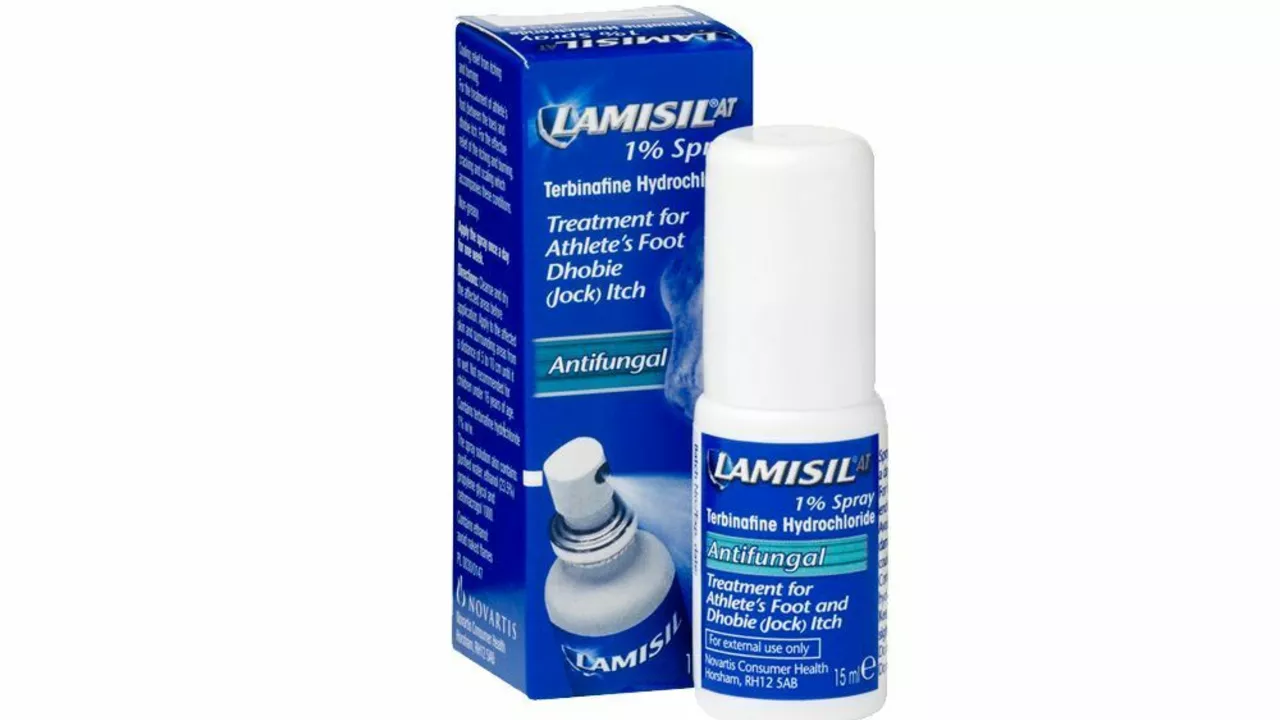Terbinafine: What It Is and How It Helps Fight Fungal Infections
If you've ever dealt with stubborn fungal infections, you might have heard of terbinafine. It's a common antifungal drug that targets skin and nail infections, like athlete's foot, ringworm, and fungal nail disease. What makes terbinafine stand out is its ability to stop the fungus from growing and spreading, helping your skin or nails heal.
How Terbinafine Works and Common Uses
Terbinafine works by blocking a key enzyme fungi need to produce their cell walls. Without this enzyme, the fungi can't survive. People usually use terbinafine in two forms: topical creams or tablets. Creams are handy for treating skin infections effectively, while the tablets are generally prescribed for nail infections or more severe cases that require internal treatment.
Common conditions treated with terbinafine include athlete’s foot, jock itch, ringworm, and onychomycosis (fungal nail infection). It's important to follow your doctor’s instructions carefully because nail infections may need treatment lasting several weeks or even months for full recovery.
What You Should Know Before Using Terbinafine
Before starting terbinafine, here’s what to keep in mind. Some people may experience side effects like stomach upset, headache, or skin rash. While rare, serious liver problems can happen, so doctors often recommend checking liver function during longer treatment.
If you have liver disease or are taking other medications, mention it to your healthcare provider to avoid interactions. Also, tell your doctor if you’re pregnant or breastfeeding. Don’t stop treatment early just because your symptoms improve; finishing the entire course is crucial to prevent the infection from returning.
In short, terbinafine can be a quick ticket to feeling better from fungal infections when used properly. If you notice any unusual symptoms or worsening conditions, reach out to your doctor without delay.
Want to keep your skin and nails healthy? Combining terbinafine with good hygiene—like keeping feet dry and avoiding sharing personal items—helps prevent fungal infections from spreading or coming back.

The history and development of terbinafine as an antifungal treatment
In my deep dive into the history of antifungal treatments, I discovered terbinafine, a game-changer in the field. This medication was first developed in the late 1970s as researchers sought more effective solutions to combat fungal infections. It broke new ground with its ability to inhibit the enzyme squalene epoxidase, which is vital for fungal cell growth. Since its introduction, terbinafine has been widely used and recognized for its efficiency against a broad spectrum of fungal infections. It's remarkable to see how far we've come, with terbinafine continuing to be a cornerstone in the fight against fungal diseases.
Read More